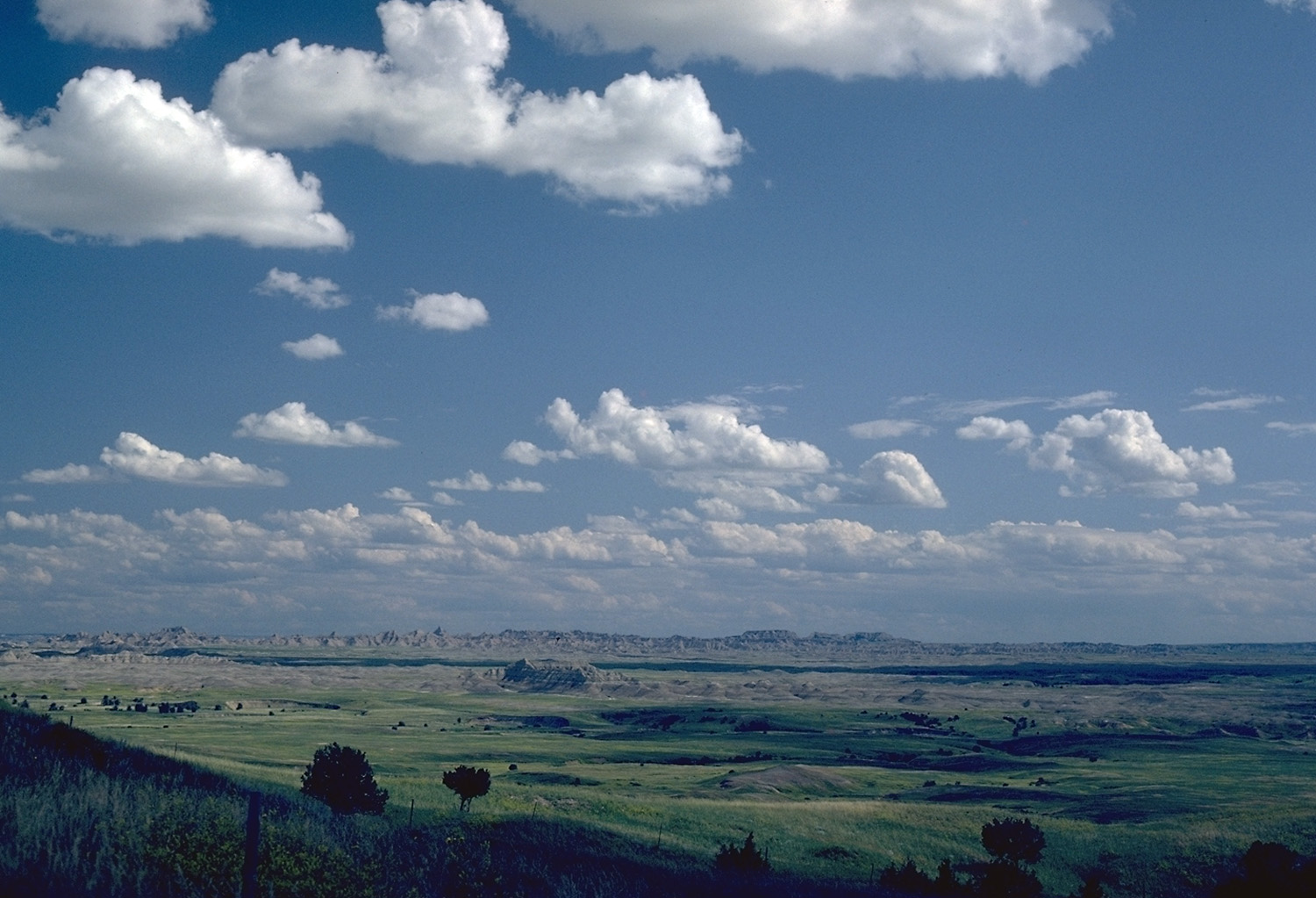Pay attention to developments in the sky. The shapes and movements of clouds typically foreshadow changes in the weather such as the arrival of warm fronts and cold fronts.
Warm fronts are defined as warm air masses that gradually push out and replace cooler bodies of air. Warm fronts, which move at roughly half the speed of cold fronts, rarely produce violent weather, but the precipitation they generate may linger for long periods. Warm fronts progress from thin, high-level cirrus clouds to low, dense stratus clouds:
*
 Cirrus clouds: These thin, streaky or wispy clouds sometimes resemble white brush strokes on a blue canvas high in the sky. They may precede the front by as many as 48 hours.
Cirrus clouds: These thin, streaky or wispy clouds sometimes resemble white brush strokes on a blue canvas high in the sky. They may precede the front by as many as 48 hours.*
 Cirrocumulus clouds arrive next, often appearing as small puffs or rippled rows, followed by cirrostratus clouds, which tend to wallpaper large areas of blue sky with thin, bright sheets of clouds. Filled with ice crystals, cirrostratus clouds frequently cause a halo to form around the sun. Both cloud types float high in the sky.
Cirrocumulus clouds arrive next, often appearing as small puffs or rippled rows, followed by cirrostratus clouds, which tend to wallpaper large areas of blue sky with thin, bright sheets of clouds. Filled with ice crystals, cirrostratus clouds frequently cause a halo to form around the sun. Both cloud types float high in the sky.*
 Altostratus (dense, smoky looking, mid-level) and nimbostratus (gray, thick, low-level) clouds come next and usually carry the precipitation, anything from a drizzle to a steady rain or snow. Low-hanging, monochromatic stratus clouds carry moisture and often resemble ocean fog.
Altostratus (dense, smoky looking, mid-level) and nimbostratus (gray, thick, low-level) clouds come next and usually carry the precipitation, anything from a drizzle to a steady rain or snow. Low-hanging, monochromatic stratus clouds carry moisture and often resemble ocean fog.Cold fronts involve cold air masses that wedge under warmer air pockets. Cold fronts can develop rapidly and move swiftly, causing temperatures to drop, wind directions to shift and barometric pressure to fall.
*
 Cumulus clouds are white, puffy, fair-weather clouds. Should these puffs continue to build upward, though, rain may come late in the day.
Cumulus clouds are white, puffy, fair-weather clouds. Should these puffs continue to build upward, though, rain may come late in the day.*
 Cumulonimbus clouds rise vertically and expand dramatically from their original white, puffy bases to soar high into the upper atmosphere. On other occasions their tops will flatten out into a menacing, anvil-like shape. These classic "thunderhead" clouds foretell potentially severe weather. Cumulonimbus clouds also form independent of cold fronts, blossoming in the afternoon hours of very warm days and producing late-afternoon thunderstorms.
Cumulonimbus clouds rise vertically and expand dramatically from their original white, puffy bases to soar high into the upper atmosphere. On other occasions their tops will flatten out into a menacing, anvil-like shape. These classic "thunderhead" clouds foretell potentially severe weather. Cumulonimbus clouds also form independent of cold fronts, blossoming in the afternoon hours of very warm days and producing late-afternoon thunderstorms.Tip: If late-day storms become a pattern during your trip, rise early each day and cover as much ground as you can during the day's more stable hours.
Altimeters: If you carry one, or wear an altimeter watch, an approaching cold front can cause your elevation reading to rise even if you're not moving. If you notice such a rise, this means air pressure has dropped (suggesting thinner air at a higher elevation). This is a hint that bad weather could be on its way.
Lightning
The National Weather Service estimates that 100,000 thunderstorms take place in the United States each year. Lightning is present in all thunderstorms, since lightning causes thunder. How? A bolt of lightning causes the air around it to expand and contract with immense force, producing a shattering sound.
Between 1980 and 1995, the Centers for Disease Control and Prevention calculated that in the United States an average of 82 deaths per year were attributable to lightning. A lightning strike sends an electrical current radiating through the ground over a large area. This "ground current" is usually the lethal force in storm-related fatalities.
Never take an electrical storm casually. If lightning threatens while you are in the backcountry, take immediate action:
* Move away from a tall, solitary tree–or any lone, tall object. Isolated high-rise objects are likely strike points for lightning.
* Descend from ridgelines or peaks. Lightning tends to strike prominent topographic features. In threatening weather, move away from high points and exposed areas. Head for lower ground.
* Stay away from water.
* Separate yourself from metal or graphite objects, including external-frame packs, ice axes, trekking poles and crampons.
* Keep out of shallow caves or overhangs. Lightning's current easily jumps across gaps and could jolt a person standing in the mouth of a cave.
* Insulate yourself from the ground; sit on an internal-frame pack or sleeping pad. Or crouch on the ground with your feet close together. If a ground current reaches you, it most likely will travel only through your feet. Do not lie down (since it expands your contact with the ground).
* Have members in your party spread out by at least 25 feet–farther if possible.
* A strike victim can be revived by CPR.
* Where is the best place to be? Within a group of trees of roughly uniform height in a low-lying area or, as a second option, in a low spot of an open meadow.
How close is that lightning? Use your watch and time the interval between the flash of lightning and the sound of thunder. Thunder travels approximately a mile every five seconds (or roughly 1,000 feet per second). If it takes 10 seconds for the sound to reach you after a flash, the storm is two miles away. If that interval is shorter the next time, the storm is drawing closer.